It’s hard for me to wrap my mind around the fact that how many species of amazing animals used to exist on this planet that just don’t anymore.
With their extinction, we lose more of the beautiful diversity of Earth and throw off the balance of important ecosystems.
Extinctions happen all the time. The West African Black Rhinoceros was declared extinct just over ten years ago. A certain species of Dolphin that only lived in the Yangtze River in China hasn’t been seen since 2002. (source)
This isn’t ancient history. It’s happening now.
That’s why it is so important to be aware of what’s happening with endangered species. When we understand more about endangered or threatened species, we can be advocates for these animals and funnel conservation efforts into the most effective places.
So let’s dive into some important statistics about endangered species.
Highlighting the Top 10 Stats
- The IUCN Red List has over 40,000 Species Listed as “Threatened.”
- The Number of Threatened Mammals on the Red List Increased by 21%
- Humans Are Responsible for 99% of the Endangered Species
- The Current Extinction Rate Is 1,000 to 10,000 Times Higher Than the Natural Rate
- Between 200 and 2000, Extinctions Occur Yearly
- There Have Been Five Big Mass Extinctions in Geologic History
- Over 126,000 Wildlife Trophies Are Imported Into America
- Fish Population Decreasing Due to Illegal Fishing
- Pandas Are One Step Further Away From Animal Extinction
- Rapidly Disappearing Bees Cause a Threat to Plants and Animals
40 Endangered Species Statistics
Although it is difficult to quantify exactly how much impact we have on nature due to our changing environment, it is undeniably high. Let’s look at the staggering numbers to understand the gravity of the situation:
1. The IUCN Red List has over 40,000 Species Listed as “Threatened.”
(Source: IUCN)
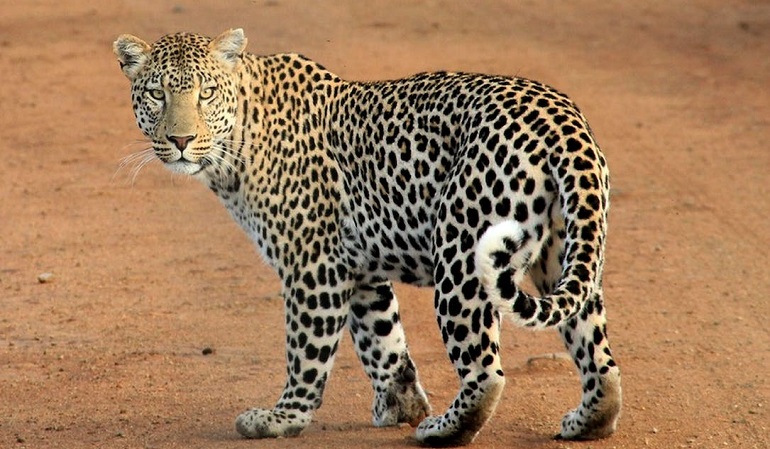
The International Union for Conservation of Nature (IUCN) compiles what is called the Red List. It includes information on the global extinction risk status of animals all over the world.
Out of over 150,000 species assessed, 40,084 are considered threatened by extinction. Their current goal is to get to having assessed 160,000 species of animal, fungi, and plant.
This data is used by conservation organizations all over the globe to help prevent endangered species from going extinct.
2. The Number of Threatened Mammals on the Red List Increased by 21% Between 2007 and 2020
(Source: IUCN)
A “threatened species” is categorized as critically endangered, endangered, or vulnerable.
This is a massive increase in the number of mammals facing extinction.
3. Humans Are Responsible for 99% of the Endangered Species
(WWF)
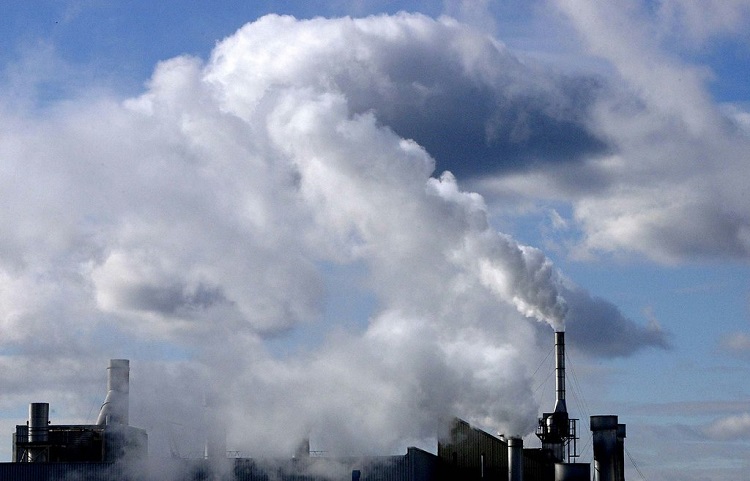
Human activities are overwhelmingly the cause of the extinction crisis and animals becoming endangered species.
Things like habitat loss or fragmentation because of heavy-scale deforestation, climate change, pollution, and over-fishing are leading to whole species slowly disappearing.
At the end of this article, we’ll talk about what you can do to protect endangered species. We are all capable of making a difference.
4. The Current Extinction Rate Is 1,000 to 10,000 Times Higher Than the Natural Rate
(WWF)
The natural extinction rate refers to “pre-human” extinction rates, aka the rate at which species become extinct before humans walked the Earth.
Researchers have found that it was scarce for a species to become extinct naturally before humans existed. With us humans around, the extinction rate has skyrocketed.
5. There Are Currently Over 9,000 Species Classed As Critically Endangered
(IUCN)
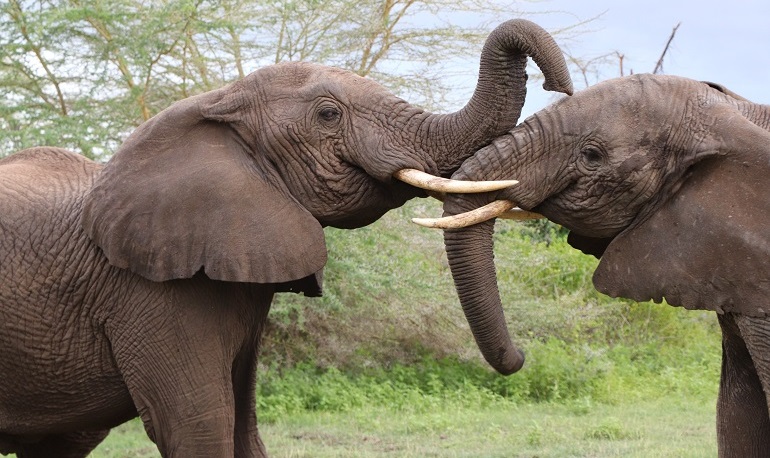
The IUCN lists over 9,000 species as critically endangered species. This classification comes before a species is extinct in the wild.
A species must meet five very specific criteria to gain this classification.
6. IPBES Report Claims Natural Decline Is “Unparalleled.”
(IPBES)
The Intergovernmental Science-Policy Platform on Biodiversity and Ecosystem Services (IPBES) works to improve the connection between science and government policies on topics of biodiversity and ecosystem services.
Their recent report has found that the biosphere that all life depends on is being altered to an unparalleled degree. Since the beginning of human history, biodiversity has never declined this quickly.
7. Population Sizes Have Decreased by 68% Since 1970
(WWF)
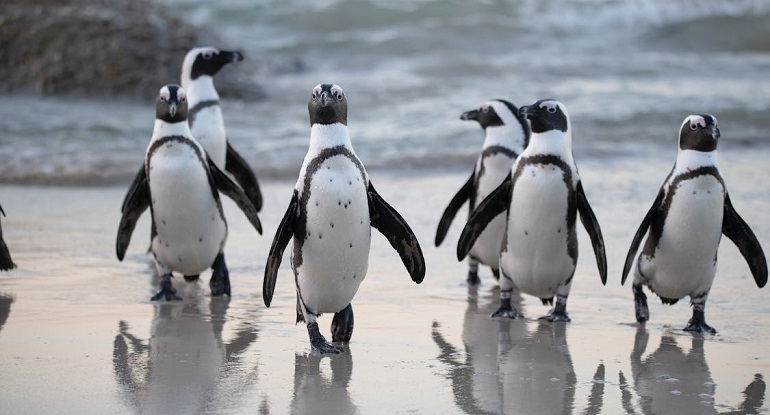
On average, the population sizes of monitored mammals, fish, birds, reptiles, and amphibians have decreased significantly in the past few decades.
In certain parts of the world, the average is much higher. In Latin America and the Caribbean, the average population size decline of monitored species is 94%.
This decline can have massive impacts on food sources for the entire world as well and snowball into more negative effects for all ecosystems.
8. Between 200 and 2000, Extinctions Occur Yearly
(WWF)
We don’t know exactly how many different species there are on Earth.
If we look at the low end of the estimated number of species (2 million) and the estimated extinction rate, up to 2,000 species go extinct every year.
If there are more species than that, the number of extinctions every single year could be much higher.
9. 571 Plant Species Have Been Confirmed Extinct in the Last 250 Years
(Live Science)
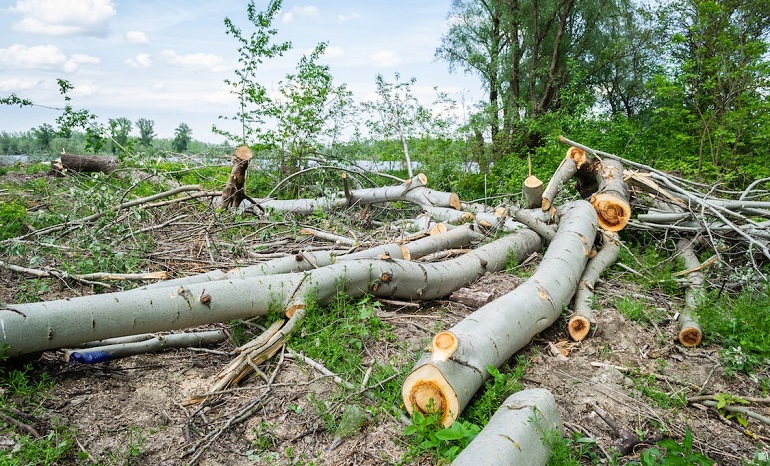
Endangered plants have a lot to do with endangered animals. Many animals have a particular diet, and if the only plants they can eat go extinct, there’s not much hope for animal conservation.
Human activity leading to climate change, as well as deforestation, are two of the causes of certain plants going extinct.
The current rate of plant extinction works out to be about “18 to 26 extinctions per million species per year.”
10. There Have Been Five Big Mass Extinctions in Geologic History
(ThoughtCo)
The most recent mass extinction event was 65 million years ago when over 50% of all animals and plant species died out. This was when the dinosaurs were wiped out.
Researchers learn about these mass extinctions by examining fossil records.
11. We Are Now in the Sixth Mass Extinction
(Earth.org)
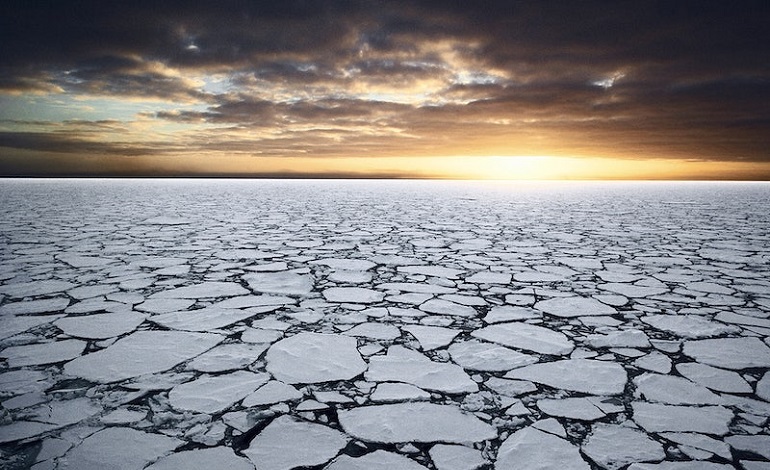
Out of all of the species that have ever lived, only about 2% are still alive today because of the five previous mass extinctions.
Experts believe that we are now in a sixth mass extinction — one caused by human beings.
It is caused by unsustainable resource use, leading to global warming.
12. A Lack of Global Biodiversity Preservation Could Cost Billions
(OECD)
Biodiversity is necessary because it helps keep our food supplies from being vulnerable to diseases and pests that could completely wipe them out. It also is an essential factor in clean drinking water.
Maintaining biodiversity and repairing damages already done would cost $700 billion per year.
13. 1.6 Billion People Rely on Rainforests
(Rainforest Alliance)
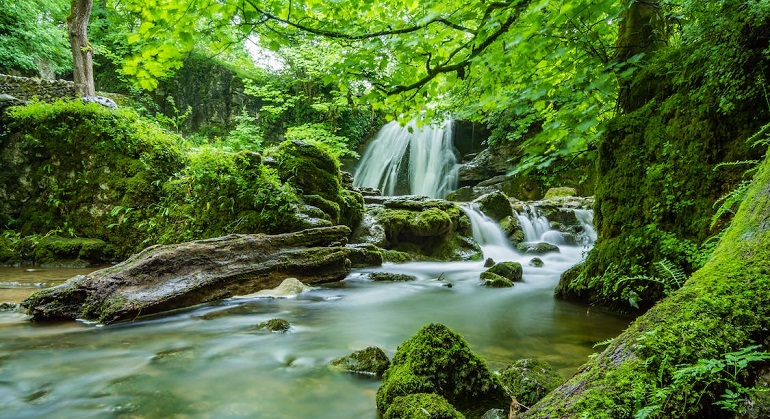
Rainforests statistics show that over 80% of terrestrial species of plants, animals, and bugs are in our rainforests. This makes them the most biologically diverse places on the planet.
And over one and a half billion people need rainforests for food, shelter, medicines, and more, according to the UN Food and Agriculture Organization — that’s over 25% of the world’s human population.
14. AZA-Accredited Facilities Care for Over 8,000 Species in 13 Countries
(AZA)
The Association of Zoos & Aquariums (AZA) uses many of its resources for conservation efforts.
Included in the thousands of species that are cared for by their accredited locations, there are over 900 vulnerable, endangered, and extinct-in-the-wild species.
15. Over 126,000 Wildlife Trophies Are Imported Into America Every Year by Hunters
(Humane Society)
These trophy hunters kill animals purely for sport.
Trophy hunting damages ecosystems and leads to the decline of important species populations.
16. Almost 66% of the Marine Environment Has Changed Due to Human Behavior
(IPBES)
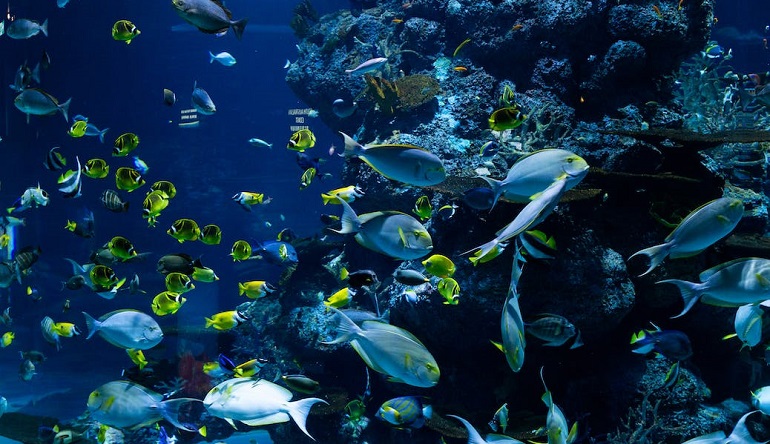
This information comes from an IPBES global report that found an “unprecedented” decline in nature.
Interestingly, decline rates are slightly lower in areas where indigenous peoples and local communities manage the land.
17. Fish Population Decreasing Due to Illegal Fishing
(World Wide Life)
Illegal fishing leads to a decline in ocean wildlife populations and, eventually, marine animal extinction.
There a limits on fishing to prevent overfishing. When these limits are not respected, the fish that are left cannot reproduce enough to recuperate the number of fish killed.
18. One Out of Four Mammals Is in Danger
(IUCN)
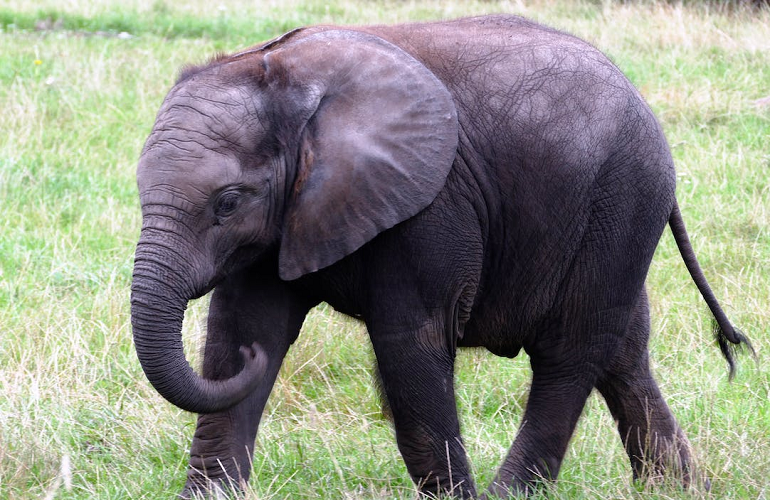
The International Union for Conservation of Nature (IUCN) believes that a quarter of mammals are in danger of animal extinction. This is primarily because of climate change, hunting, and habitat loss.
Animals like African elephants may face extinction in our lifetimes.
19. Above 40% of All Amphibians Are Threatened With Extinction
(IUCN)
Frogs are being hit the hardest because of the chytrid fungus, which destroys their skin.
Wildlife trade has caused the fungus to spread further and faster, affecting more amphibians.
20. Plants Are Going Extinct 500 Times Faster Than the Natural Rate
(Live Science)
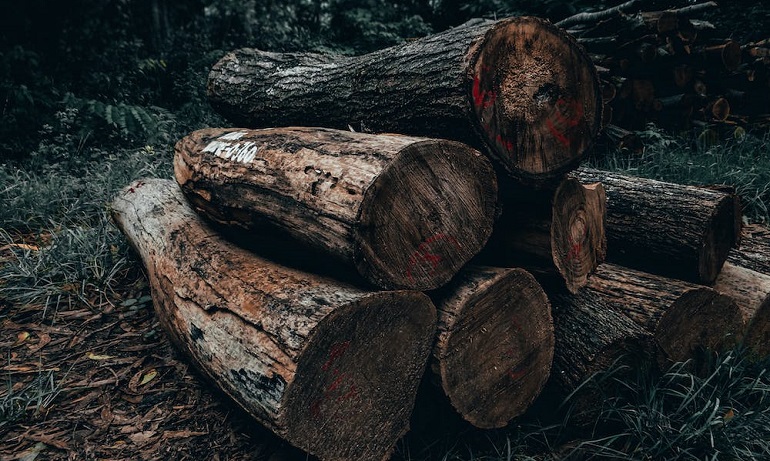
If we look at “pre-human” plant extinction rates versus how quickly plant species are going extinct today, human activity has caused the extinction rate to become 500 times faster.
Living creatures (including us) rely on plants for food and to help purify our air and water.
When we lose plants, we lower the diversity on the planet, which is terrible news.
If we lose biodiversity and only a few types of apples exist, those apples are at a considerable risk of being wiped out because of disease or pests. Lowering biodiversity puts our food sources at risk.
21. There Has Been a Loss of Critical Habitats for Migratory Monarch Butterflies and Sturgeon
(IUCN)
Cutting down trees to make way for urban growth and agriculture has taken away the areas Monarch butterflies use in the winter. Weed killers have also killed the plants that butterfly larvae need to eat.
Illegal poaching and the building of dams have severely hurt all Sturgeon species. They are now considered critically endangered.
22. African Elephant Populations Have Been Reduced by Over Half
(IUCN)
Within the last two generations, over 60% of the population of African Savanna Elephants has been lost.
Most people are aware that poaching for their ivory tusks is a leading cause of this decline, but little is being done to stop it. Habitat loss and habitat segmentation are major problems as well.
23. 90% of the Tasmanian Devil Population Is Killed by Cancer
(NCBI)
This has all happened in just the last 20 years.
It is a cancer called devil facial tumor disease (DFTD) and can be transferred from one Tasmanian devil to another Tasmanian devil, leading to their endangerment.
24. There Are 3,900 Wild Tigers in the Entire World
(WWF)
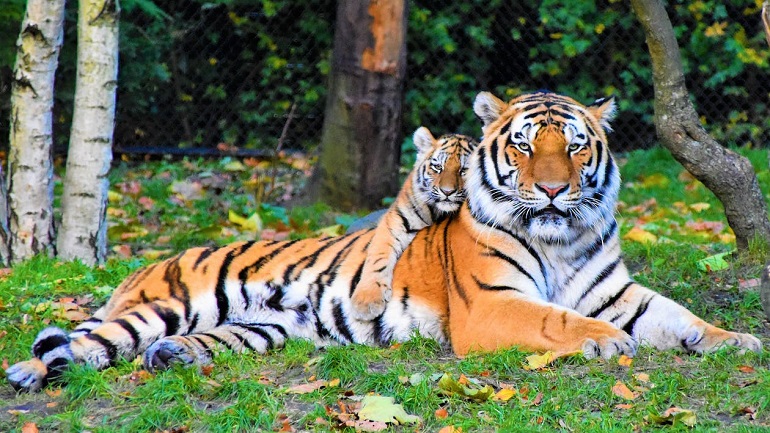
While tigers are still on the endangered species list, this is actually a little bit of good news. The previous estimate was that there were only 3,200 wild tigers worldwide.
According to World Wildlife Service, conservation efforts are working, and their numbers are increasing.
25. Red Wolves Are Expected To Be Extinct by 2026
(USA Today)
Red wolves are native to southern Indiana in the United States. Only 40 still exist in the wild.
Red wolves were previously extinct in the wild. In the ’80s, a colony was reintroduced into the wild. It grew to over 100 wolves and has now declined to the point where red wolves are expected to be extinct in the wild in the next few years.
26. Successful Bald Eagle Conservation
(American Bird Conservancy)
The Bald Eagle, the USA’s emblem of strength and freedom, has been removed from the endangered species IUCN red list. After conservation efforts and protection from the endangered species act, populations have grown.
The main contributor to Bald Eagles’ becoming an endangered bird species was the use of DDT, a synthetic insecticide used in agriculture. It washed off into rivers and lakes. Then, these large bird species ate contaminated fish.
27. The Oil and Gas Industry Is Threatening Polar Bear Habitats
(WWF)
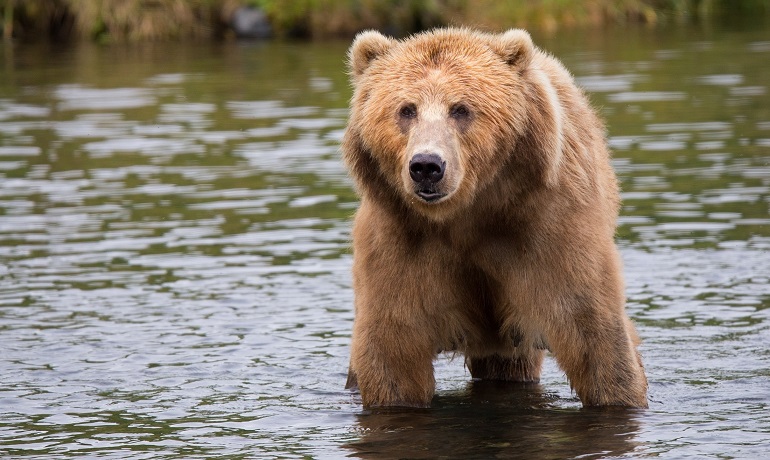
The United States plans to drill for oil in an Arctic Wildlife Refuge where female polar bears often create their dens.
Polar bears are already considered vulnerable. Destroying dens could kill mothers and their cubs, further reducing their numbers.
28. Pandas Are One Step Further Away From Animal Extinction
(WWF)
The World Wildlife Fund believes that this endangered species has hope. It is taking decades of effort, but there are more giant pandas living in the wild in China now than there were in the 80s.
They are now classified as vulnerable on the IUCN red list. Pandas were previously classified as endangered, so this is one step in the right direction.
29. Conserving Cheetahs Has Become Difficult Due to Low Genetic Diversity
(National Geographic)
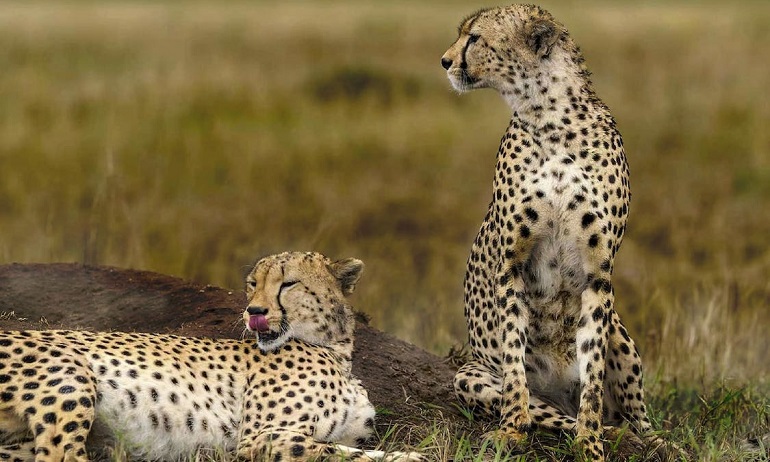
Habitats for cheetahs have shrunk and been separated due to humans developing the land.
This means that cheetahs are not able to mate with cheetahs that live in other areas. Since they often breed with the same pool of options, genetic diversity has suffered.
The genetic similarity makes cheetahs much more susceptible to genetic issues or diseases.
30. 2019 Stats Show the Recovery of Grizzly Bears
(National Park Service)
Within Yellowstone National Park in the USA, conservation work has been effective.
After working to reduce conflicts between humans and grizzly bears as well as preserving their habitats, numbers have risen by almost 600 in the past 44 years.
It is thought that the size of the year has reached its capacity for the number of bears it can support.
31. Every 22 Hours, a Rhino Is Killed in South Africa
(Save The Rhino)
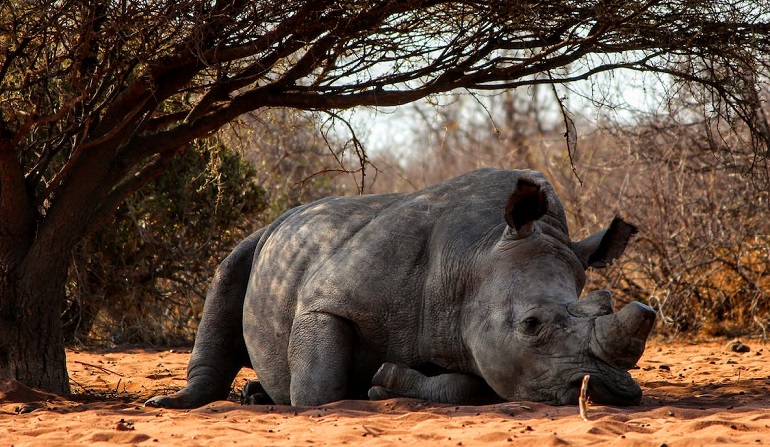
Poaching has been a significant contributor to the massive decline in rhino populations. Some species of rhinos are considered critically endangered species, like the Javan rhinoceros.
While the poaching of almost 400 rhinos in 2020 is absolutely devastating, this number is an improvement from poaching numbers in previous years.
32. There Are Only a Few Hundred Panthers Left in the US
(USA Today)
Panthers are some of the most endangered species in the United States.
These panthers live in Florida, and their habitats are being destroyed by human development.
33. Atlantic Bluefin Tuna Are Endangered Animals Due to Overfishing
(Center for Biological Diversity)
The bluefin tuna is an endangered species on the IUCN red list that would normally live very long lives in the ocean. They are a massive fish that has become a popular choice for sushi restaurants.
Better international legal protection would go a long way to helping their species’ population grow in numbers.
One way the average person can aid in these efforts is to refuse to order bluefin tuna from a restaurant.
34. Eastern Gorillas Are Facing Extinction
(IUCN)
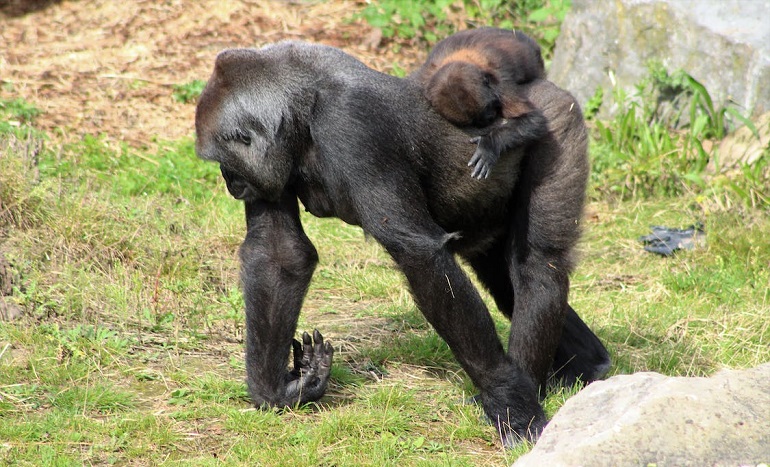
The IUCN red list shows eastern gorillas as critically endangered. In the past few decades, numbers have declined by around 12,000, making less than 5,000 in the world (including those in captivity).
Involved in captive breeding, humans are overwhelmingly the cause of this.
35. 1/3rd of Sharks and Ray Fish Are Near Extinction
(WWF)
Sharks and rays have been around for millions of years, but now these ancient animals are endangered species.
They play an essential role in the health of our oceans, but overfishing could cause some of them to become extinct species.
36. Six Out of Seven Sea Turtle Species Are Threatened
(Earth.org)
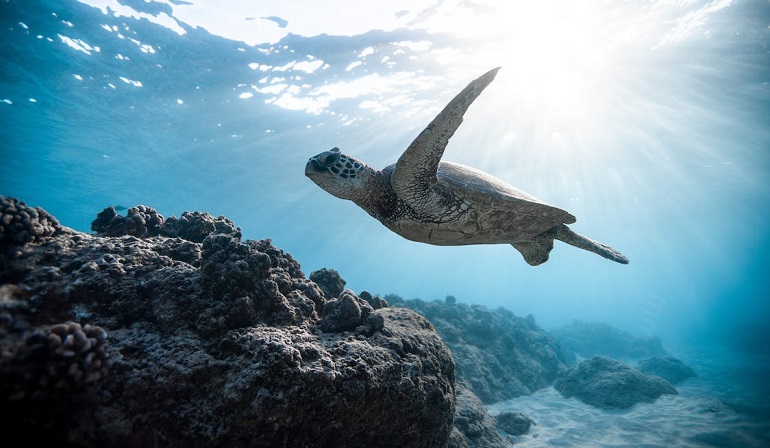
Because of climate change and human activity, six species of sea turtles are considered threatened species or endangered species according to the IUCN red list.
There isn’t enough data for that seventh species of sea turtles to determine their conservation status quite yet. They could be threatened as well — we just don’t know yet.
37. Rapidly Disappearing Bees Cause a Threat to Plants and Animals
(UNEP)
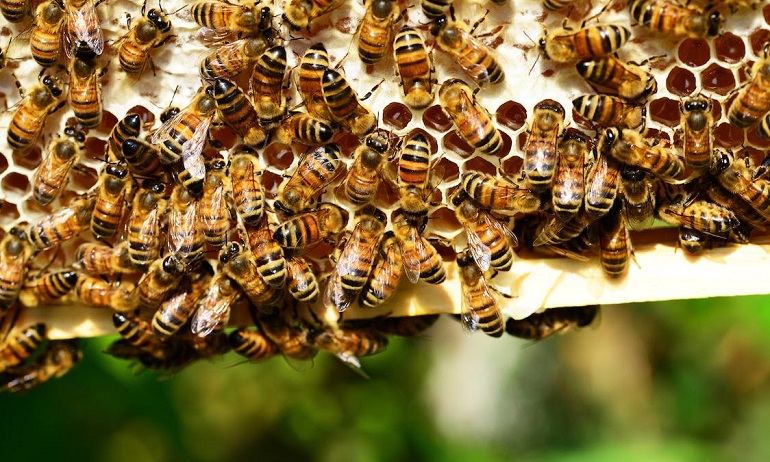
Bees are the main pollinator of plants, which is what causes them to produce food.
Pesticides and air pollution are causing a massive decline in bee populations (as well as loss of habitats and climate change).
Losing bees directly impact the food security of the entire world, which is very concerning.
38. Over 350,000 Whales Were Killed Between 1904 and 1967
(American Cetacean Society)
Whales used to be commercially hunted for their oil. Within about five decades, 350,000 blue whales were killed in the Southern Hemisphere alone.
They are now considered an endangered species, with only 10 to 25 thousand left in the world.
Commercial whaling is no longer allowed, but climate change and ship strikes make it hard for populations to recover.
39. Père David’s Deer Brought Back by Conservation
(WWF)
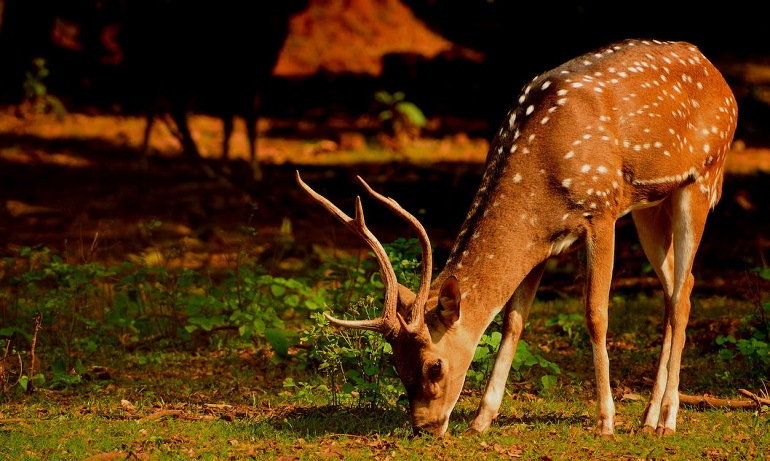
Père David’s deer is a unique deer species only found in China that went extinct in the wild. They only existed on an estate in Britain before becoming a reintroduced species and one of the few success stories.
The reintroduced population of 38 has grown to well over 600 deers! They are still considered to have a “vulnerable” status and live in protected areas.
Reading about conservation success stories like this one can be so motivating! It shows that it is possible to help these threatened species and make a difference.
40. Snow Leopards Are on the IUCN Red List With an Approximate Number of 4,080–6,590
(IUCN)
These stunning animals live up in the mountains in Central Asia and are considered one of the most endangered species on the planet.
It is estimated that of the remaining snow leopards, only about 2,500 of them are likely able to reproduce, making conservation both difficult and crucial.
Protecting Endangered Species
We, as humans, are responsible and answerable for the well-being of other species. To play our part in protecting endangered species, we can take the following steps.
Educate Yourself
If you’re wondering what you could possibly do to help in the massive job of protecting endangered species, here’s the good news: you’ve already taken the first step!
By reading this article, you have started the process of educating yourself. No one can help protect endangered species unless they first learn about what is happening and why.
Since we know that humans are the main reason endangered species are going extinct, you can further your education by learning about:
- What you can do to combat climate change.
- How to lower your carbon footprint.
- Water conservation.
- Eating foods with a lower agricultural impact.
- How to send letters to your local and federal government representatives to let them know your concerns.
Charities
Protecting endangered habitats and threatened species is expensive. One way to make a difference is by giving funds to non-profits and charities that are on the ground in different countries doing the grunt work.
To ensure that your donation has the highest possible impact, it’s good to do a little research on a site like Charity Navigator.
They rate various charities to see where money is actually going and if it has the impact that they claim.
Some really well-known charities don’t spend much of the money donated on conservation. It instead goes to inflated salaries or marketing, for example.
A small amount of research is wise to see if a charity is transparent with how they spend its funding.
FAQ’s
What is the #1 Most Endangered Species?
The #1 most endangered species on Earth right now is the Javan Rhino. It only lives on the island of Java in Indonesia. Experts estimate that just 75 of these rhinos are left.
There are quite a few things working against these special rhinos. Hunting and loss of natural habitats are part of the reason they are on the endangered list. There is also an invasive species of plant that is making less of the right kinds of food available for them on the island.
Natural disasters are also somewhat common in this area of the world, making it tough for the Javan Rhinos to avoid extinction.
What is the IUCN Red List?
The IUCN Red list is the most comprehensive collection of data on what is happening with the animals, plants, and fungi of the world.
The IUCN is an international organization that collects data, researches, and provides education to help maintain the biodiversity on Earth. They are considered the global authority on these matters.
Pretty much all other conservation groups look to the IUCN Red List for their endangered species statistics. So far, there have been over 150,000 species assessed for the IUCN Red list. 28% of assessed species have been determined to be in danger of extinction.
What Makes an Animal to Be Classified as Endangered?
The IUCN Red list divides assessed species into nine categories:
- Not evaluated
- Data deficient
- Least concern
- Near Threatened
- Vulnerable
- Endangered species
- Critically endangered species
- Extinct in the wild
- Extinct species
The classifications of vulnerable, endangered, and critically endangered are all considered “threatened species.”
A species assessed gets this classification based on five criteria:
- Population reduction
- Restricted geographic range
- Small population size
- Very small or restricted population
- Extinction probability analysis
Depending on the data for each of these criteria, a species will be put on the IUCN Red List in one of the threatened species categories. It’s all very scientific and data-driven.
What Causes Endangered Species?
While it is natural for there to be some amount of a natural process of animal extinction and endangerment over time, things humans do are by far the main cause of threatened species.
Loss of Habitat
Loss of habitat is a big one. Most animal species have to live in specific environments where the climate is just right, and they have access to a particular food. They cannot quickly adapt to changes.
Humans destroy important animal habitats by using more and more land for agriculture and urban development. We also cut down forests and release pollutants that make land unlivable for many species.
Habitat Fragmentation
Destroying habitats causes habitat fragmentation, which literally refers to an animal’s previous habitat being cut into different sections.
Habitat fragmentation makes it so there are smaller groups of a species that cannot mate with other groups, leading to genetic similarity and vulnerability to disease, inbreeding, and genetic issues.
Hunting
Many hunters kill animals to the point of extinction, either for commercial purposes or for sport.
Overfishing also plays into this. When more fish are taken than recommended, there aren’t enough fish left to replenish the population.
Global Warming
Global warming is also affecting a vast amount of threatened species. These animals can only survive in specific climates, and as things change, they are unable to adapt.
What Is the Endangered Species Act?
The Endangered Species Act was signed into law in 1973 in the United States and is meant to help protect fish, wildlife, and plantlife listed as threatened species.
It does this by protecting habitats as well as prohibiting importing, selling, or transporting endangered species.
Violating this law can lead to heavy fines or even time in prison.
The Endangered Species Act, while it could do more, has been quite effective at preventing the extinction of many species.
Of course, this law is only in the US. Some other countries have their own laws that aim to protect and preserve endangered species, but not all.
Conclusion
I grew up in awe of many threatened species like pandas, rhinos, and sharks. But I had no idea of the massive amount of animals that are constantly under threat of extinction.
Knowing that humans are creating such a problem for the other animals of the world, we are responsible for taking action to ensure the species survival of as many threatened species as we can.
It may feel like an impossible mission that we can’t possibly hope to make a positive change in, but there are stories of success already. We all have the power to take actions that can help prevent animal extinction.


